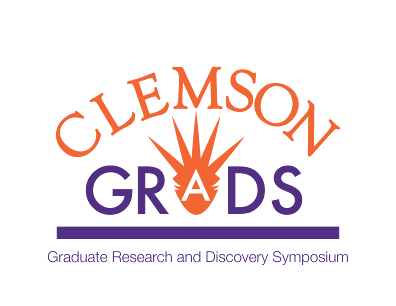Graduate Research and Discovery Symposium (GRADS)
Document Type
Poster
Publication Date
4-1-2019
Abstract
Since the Chemical Warfare Convention (CWC) Treaty was established in 1997, it has been prohibited for countries to stockpile, produce, or use chemical warfare agents (CWAs). However, it can be assumed that not every country or group is in accordance with these regulations, and therefore a method to deactivate and destroy these agents is necessary for international security. Current methods for destroying chemical warfare agents have predominantly relied up hydrolysis, high pressure peroxides, or oxidation reactions utilizing bleaching agents. While these methods are effective, they require a large quantity of decontamination agents relative to the amount of CWA present and can produce secondary hazardous byproducts. By utilizing pyrolyzed cotton balls as a vessel for igniting the agents with napalm, it is possible to quickly and effectively destroy a wide variety of chemical warfare agents with limited residue or byproducts. This presents a simple, low cost, and effective method to rapidly decompose large quantities of CWAs with limited waste or cross contamination.
Recommended Citation
Lagasse, Bryan A.; Blais, Mathhew S.; and Garcia, Carlos D., "Thermal Degradation of Chemical Warfare Agents Utilizing Pyrolyzed Cotton Balls" (2019). Graduate Research and Discovery Symposium (GRADS). 285.
https://tigerprints.clemson.edu/grads_symposium/285


